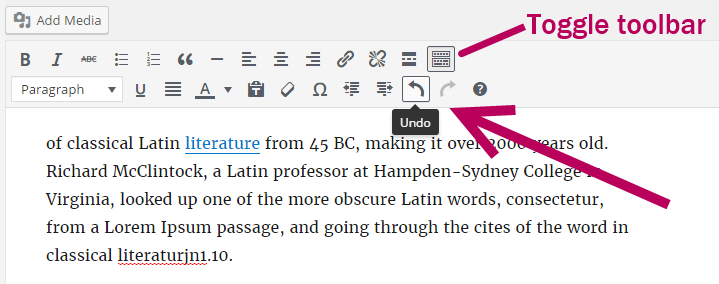Since its origins as a blogging platform in 2001, WordPress has evolved to become the most popular Content Management System (CMS) on the Internet. With over 60% of the market share, it dwarfs its nearest competitors Dreamweaver, Joomla and Drupal, and powers around 34% of all websites online today.
Creating a new business website begins with choosing the right CMS. With its vast user base, WordPress has an assured future; it’s not going to fold leaving the site owner with a legacy platform and no support.
The user base is also an incentive for 3rd party suppliers, WordPress has spawned a whole industry of vendors for add-ons.
Here we take a look at some of the reasons why WordPress has been chosen so many times, and how it can help to promote a business.
It’s easy to learn
With its live preview, a designer can quickly build and update pages to see how they look. Being able to see the effect of changes makes learning “on the job” a real possibility and encourages an inexperienced designer to try out ideas.
In addition to self-training, there are many resources available; from informal blogs such as How to learn WordPress, forums, online training courses with professional trainers such as Udemy, and, of course, the developer documentation at WordPress.org.
It’s quick and easy to update
Clearly, building a WordPress website needs to be as straightforward as possible. It’s also important that it remains quick to update. Modern online businesses need to update their websites on a daily basis, to add or change products and services, and to keep the site fresh. No one wants to go back to a website that looks the same as it did last week.
Using the WordPress post editor, it’s easy to add new post content and page content, these can later be edited or extended by choosing them from the dashboard.

The user interface can also be modified, for example by adding or changing menu items. The website can be freshened up by changing the theme, perhaps by choosing a new theme altogether.
You can manage it from anywhere
WordPress development is handled through a web browser, rather than an installed program. Designers can make changes “on the go” perhaps working from home rather than in the office, and using whatever device is available.
It works with the most popular browsers such as Safari, Chrome, and Microsoft Edge. Developers often favour Firefox for its stability and because it handles WordPress’ idiosyncrasies better than others.
No HTML knowledge required
It’s perfectly feasible to build a WordPress website using ready-made themes, widgets, and plug-ins. Beginners can turn their ideas into fully working websites without needing to get into code. Later, they can modify the website’s appearance by changing colours or fonts in the theme.
As they become more proficient, some HTML knowledge will be beneficial. Understanding HTML helps with troubleshooting when the website is not working as expected.
It is also useful, along with CSS, for making detailed changes to content and for modifying themes at code-level.
It’s search engine friendly
For many business owners, getting their website high in Google’s rankings is essential for their livelihood. For a customer looking for a product or service locally, or for a specialist online supplier, Google’s search results are critical. If a website isn’t on the first page, the business doesn’t exist.
Sadly, WordPress isn’t “optimised” for search engines. No CMS is. Improving website rankings is also not a free feature of WordPress or any particular CMS. WordPress is search engine friendly, however.
WordPress performs well, delivering content to the end-user quickly. This is particularly important to the search engines and will be rewarded with a higher ranking. Plug-ins will also have an effect on performance, so they need to be chosen carefully.
Specific plug-ins are available for optimising the website for search engines. All in One SEO Pack provides functionality to notify search engines about the website such as submitting the sitemap and changes to the site. It also optimises content such as titles and generates meta tags.

Finally, it provides support for Google Analytics and Accelerated Mobile Pages (AMP)
Loyal customers will also improve the website’s ranking. A designer can use WordPress widgets to provide content tailored to control what the end-user finds on a particular page.
There are options to can allow users to upload their own images, post on a forum, or discover content inside forums. Enhancing their experience of using the website will build loyalty.
There is a roadmap
Internet technology is evolving quickly. Consumers expect a website to work perfectly with new devices and to give them a secure browsing and shopping experience. Business owners need their website to differentiate them from their competitors.
All of these expectations demand that the CMS evolves at the same pace, bugs are resolved and new features are rolled out regularly. WordPress has a published roadmap. Designers are able to see what’s coming and have a comfortable feeling about the longevity of their investment.
Conclusion
Creating a WordPress website for your business is a sound investment. Its future is assured; it’s easy to learn, and your customers will have a great experience interacting with your website.
For a more in-depth guide, check out our bloggers guide to WordPress. It covers everything you need to know about how to get your WordPress blog online, including tonnes of crossover information you can use to get your business site up and running.
